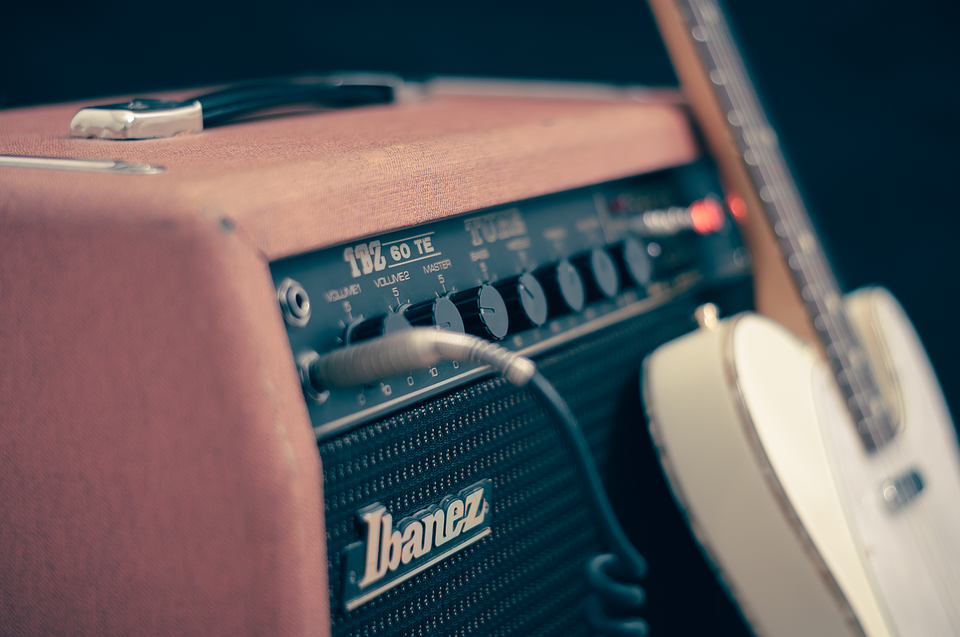Amplifier Tubes

An amplifier tube or valve amplifier is an electronic device that makes use of vacuum tubes to enhance the power or voltage of an electrical signal. The basic units are very similar to their electrical counterparts. However, the number of stages, which are used, and the quality of the individual components can differ significantly from one model to another. Most low to medium power amplifier tubes for frequencies below 500 hertz were quickly replaced by solid state electric amplifiers in the early 1960's and the 1970's. Today, however, solid-state solid-tubes have also entered the audio amplifier market.
There are many types of classic tubes available. The majority of these devices operate by using one or more of the following types of signal processing technologies. Full waves and half-waves are the most common. Waveform distortion presents a problem when operating on high frequency signals, because of the high levels of energy required to make the transistors work. In addition to waveform distortion, clipping happens when power is applied to the signal at a high enough level; essentially converting the signal into a diode current, which can damage sensitive circuitry.
Power amplification is also an important function of most audio amplifiers. This simply means increasing the power delivered to a device so that more energy is absorbed into the signal, resulting in greater overall amplification. On the other hand, RF or radio frequency amplifiers are used to handle short wave radio signals. RF voltage-controlled amplifiers allow the user to control the amount of power dissipated to ensure the device remains within the audible band.
Finally, we have tube amplifiers, which use electrical currents to drive an array of variable resistance Tungsten load tubes. Tube amplifiers can be used in a variety of applications and are often found in home electronics such as radios and televisions. They use a variety of different types of amplifiers, including individual tubes and series circuits, among others. In addition to using tubes, some tube amplifiers use what are called "tube solenoid regulators" to regulate the flow of current through the tubes. The most common type of amplifier tubes used in a tube amplifier are bipolar electrolytic tubes.
To make an amplifier run, there are three primary components. These include a power supply, which supply the electrical power to the individual components, a chassis to which the units are connected, and an amplifier which control the signal to the speaker or output. Amplifiers can be classified in two broad categories: analog and digital. Digital amplifiers utilize a single input signal, while analog amplifiers use an alternating current (AC) signal to control the output signal. All three forms of amplifier can be operated in true mode or true bypass mode, depending upon the nature of the signal being amplified.
AC power amplifiers use transistors to control the amount of current that flows through the circuit. While these types of amplifiers are usually less expensive than solid state or solid-state voltage based amplifiers, solid-state power amplifiers provide much higher output power and lower distortion. Solid-state power amplifiers operate very quiet due to their ability to only draw power from the electric outlet. There are several different types of AC power amplifiers, including pentode, trade, and linear phase. To get more details about this topic,click this link: https://en.wikipedia.org/wiki/Amplifier.
